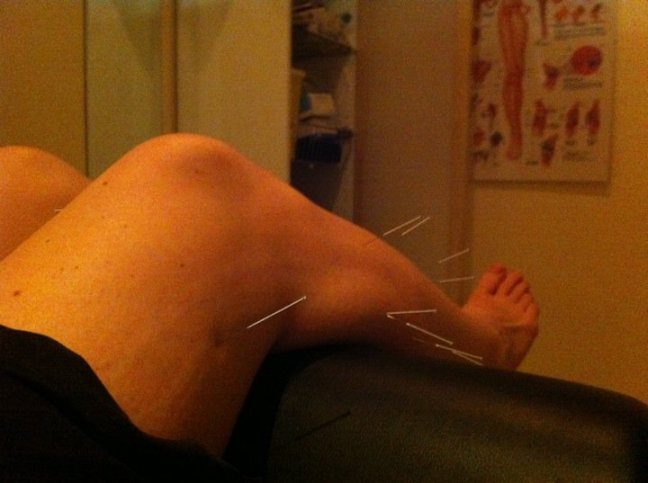In a world where a myriad of therapies vie for your attention to alleviate muscle and joint pains, one technique stands out for its efficacy and quick results – dry needling. This treatment has gained prominence as a highly effective means to address various stubborn musculoskeletal issues. Let’s delve deeper to understand why it might just be the remedy you have been seeking.

Table of Contents
The Understated Efficacy of Dry Needling
Understanding the nuances of dry needling requires one to take a close look at the detailed procedure that goes behind it. Often mistaken for acupuncture, this therapy has carved a niche for itself in the medical world for being highly targeted and often yielding quicker results compared to traditional deep tissue massages. It involves the precise insertion of a fine gauge needle into specific trigger points, often felt as tight nodules or knots within the muscle. These knots are known to redirect pain to other areas when pressed, often causing discomfort and myofascial pain.
By addressing these trigger points directly, dry needling facilitates quicker relief, making it a sought-after treatment for individuals suffering from persistent muscle knots and pain.
Unraveling the Mechanics Behind Dry Needling
Dry needling operates on a well-grounded principle that aims at increasing the blood supply to the area being needled. This influx of fresh blood brings along a higher supply of oxygen, effectively flushing out the toxins that are often the culprits behind nerve ending pain in the muscles. The procedure not only aids in alleviating pain but also works towards rejuvenating the muscles, paving the way for a healthier and pain-free life.
Drawing the Line: Dry Needling vs Acupuncture
The comparison between dry needling and acupuncture is inevitable, given the similarity in the appearance of the procedures. However, they are fundamentally different in their approach to healing. Acupuncture, a practice deeply rooted in Ancient Chinese medicine, focuses on redirecting the flow of energy or Qi to alleviate muscle pain. It aligns itself with the principles of harmonizing the body’s energy channels or meridians.
On the other hand, dry needling adheres to the principles of western medicine. It relies on a meticulous understanding of anatomy and physiology to pinpoint the exact locations of trigger points, which ironically, often align with the meridians identified in acupuncture. The technique is practiced by an array of health professionals, including chiropractors, who have undergone specific training to administer dry needle services adeptly.
A Panacea for Various Ailments
Dry needling positions itself as a formidable solution to a number of persistent musculoskeletal disorders. Its efficacy extends to treating a broad spectrum of ailments including:
- Persistent neck, back, hip, and arm pain resulting from myofascial pain syndrome
- Bursitis of the shoulder or supraspinatus tendonitis
- Tennis or golfer’s elbow
- Recurrent headaches and migraines
- Various forms of tendinitis
- Jaw pain characterized by TMJ syndrome
- Sciatica, leg pain, or calf tightness
- Symptoms of osteoarthritis
- Scar tissue management
- Relief from sinusitis
This comprehensive range of treatment options showcases the versatility and effectiveness of dry needling in managing and treating a variety of health issues.
Acknowledging the Potential Side Effects of Dry Needling
Every effective treatment comes with its own set of precautions and potential side effects. When it comes to dry needling, the application of the needle to an active trigger point can occasionally elicit a twitch response in the muscle. This sensation, although slightly unusual, signifies the correct placement of the needle, paving the way for optimum therapeutic benefits.
While some individuals may find this sensation odd during their initial encounter, it’s generally well tolerated. Some patients might notice mild muscle soreness or slight bruising in the treated area, which typically subsides in a day or two. In certain cases, there might be a temporary increase in pain in the referred zone, necessitating further treatment such as applying heat or ice to the area and possibly incorporating gentle massages or stretching exercises to alleviate the discomfort.
In conclusion, dry needling emerges as a potent therapeutic technique, offering a highly effective, quicker, and often more efficient alternative to traditional methods for treating persistent musculoskeletal disorders. Its principle of directly targeting trigger points through the precise use of needles positions it as a formidable technique in pain management and muscle rejuvenation. Considering its versatility in treating a broad spectrum of health issues, it stands as a viable option for individuals seeking relief from persistent muscle and joint ailments.




